Anima Eterna Brugge, Jos van Immerseel - Poulenc: Concerto pour deux pianos et orchestre, Concert Champêtre & Suite Française (2019) [Hi-Res]
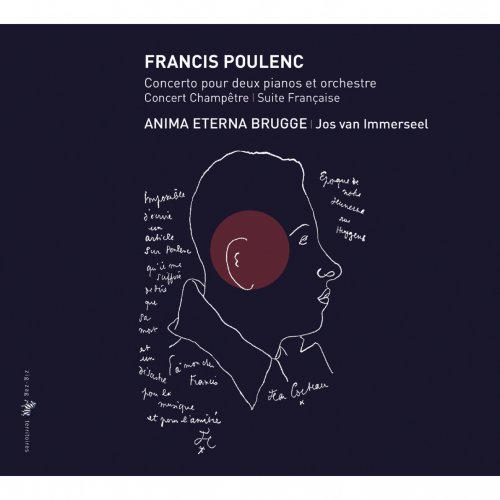
Artist: Anima Eterna Brugge, Jos van Immerseel, Anima Eterna
Title: Poulenc: Concerto pour deux pianos et orchestre, Concert Champêtre & Suite Française
Year Of Release: 2011 / 2019
Label: Zig-Zag Territoires
Genre: Classical
Quality: FLAC (tracks) [44.1kHz/24bit]
Total Time: 58:22
Total Size: 512 / 224 MB
WebSite: Album Preview
Tracklist:Title: Poulenc: Concerto pour deux pianos et orchestre, Concert Champêtre & Suite Française
Year Of Release: 2011 / 2019
Label: Zig-Zag Territoires
Genre: Classical
Quality: FLAC (tracks) [44.1kHz/24bit]
Total Time: 58:22
Total Size: 512 / 224 MB
WebSite: Album Preview
Francis Poulenc (1899 - 1963)
Concerto pour 2 pianos et orchestre en Ré Mineur, FP 61:
01 I. Allegro ma non troppo 08:22
02 II. Larghetto 05:56
03 III. Finale (Allegro molto) 06:19
Suite française d'après Claude Gervaise, FP 80a:
04 I. Bransle de Bourgogne 01:28
05 II. Pavane 02:17
06 III. Petite marche militaire 01:03
07 IV. Complainte 01:29
08 V. Bransle de Champagne 01:36
09 VI. Sicilienne 02:00
10 VII. Carillon 01:46
Concert champêtre, FP 49:
11 I. Allegro molto 10:41
12 II. Andante 06:44
13 III. Finale 08:34
Performers:
Anima Eterna Brugge
Jos van Immerseel, piano, harpsichord, conductor
Claire Chevallier, piano
Katerina Chrobokova, harpsichord
It may not be apparent from the CD packaging or graphics visible to the online customer, but this is a historically oriented performance of these Poulenc favorites, helmed by Belgian keyboardist and conductor Jos van Immerseel. If you're wondering what that might involve for a composer of the early 20th century, the pianos are the main thing: the Concerto for two pianos and orchestra in D minor is played on a pair of Erard pianos from 1896 and 1905. These have a lighter tone than a Steinway grand, and they seem to fit together in the concerto's passagework in a more agile way, at least as executed by Claire Chevallier and van Immerseel himself. The chamber orchestra Anima Eterna Brugge also here includes instruments, mostly winds, that are subtly different from their modern versions. The result is a set of transparent but rhythmically rather plain performances that certainly stand out from the common run of Poulenc recordings. Perhaps the modern instruments are missed most in the two-piano concerto, where the music seems to lack rhythmic energy. The highlight may be the comparatively uncommon Suite française of 1935, an extreme manifestation of the neo-Renaissance trend in inter-war French music. The piece has a certain Renaissance faire quality, but it's executed with flair here, and the slightly antique instruments emphasize its exotic quality. Also appealing is the Concert champêtre for harpsichord and orchestra. Curiously, van Immerseel chooses to give soloist Katerina Chroboková a copy of an 18th-century French harpsichord rather than the modern Pleyel harpsichord for which the work was expressly composed and which was played by its champion, Wanda Landowska. His reasoning on this, spelled out in the booklet, is not entirely convincing, but the musical results work well simply because one of the key sources of the work's charm, the unlikely balances between the harpsichord and the large, brass-heavy orchestra, comes through effectively here. With excellent acoustics, this is a recording that is well worth hearing for Poulenc fans and will stir conversation among them. ~ James Manheim
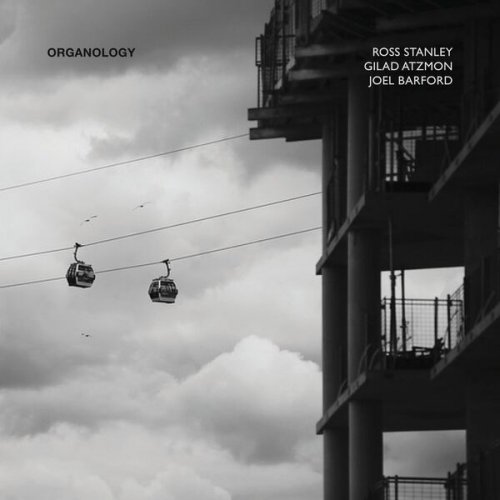
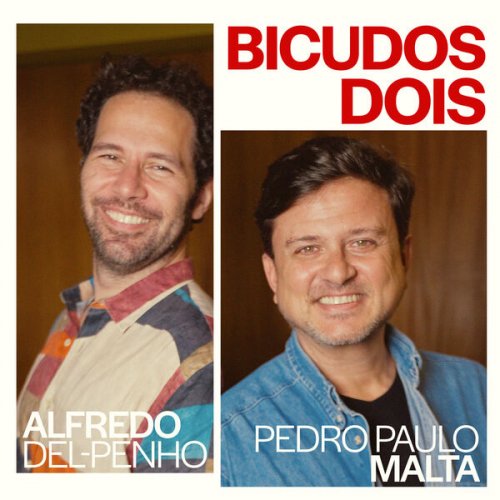
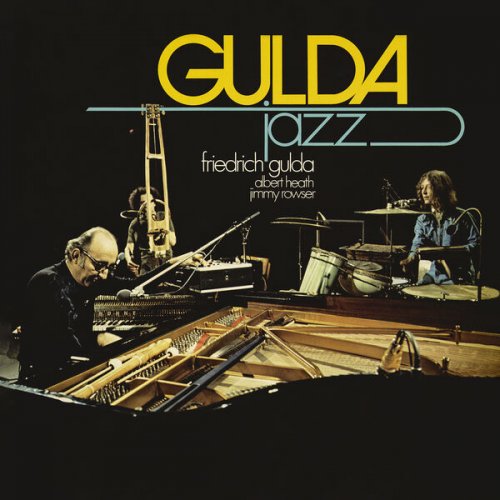

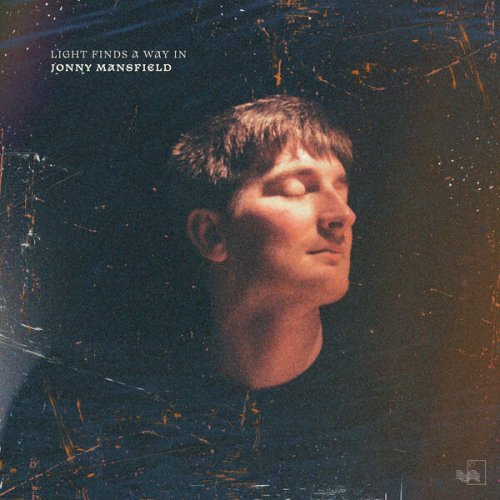
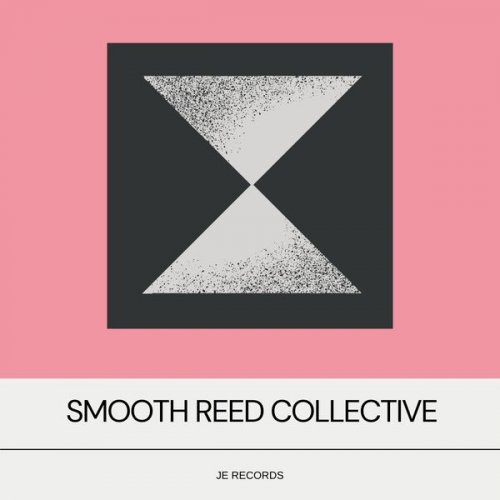

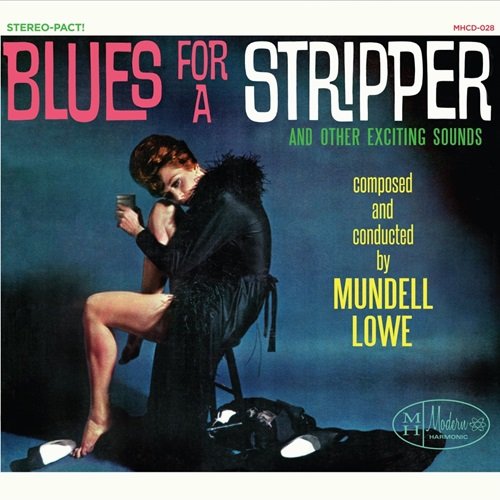
![Nana Vasconcelos - Saudades (1980/2025) [Hi-Res] Nana Vasconcelos - Saudades (1980/2025) [Hi-Res]](https://www.dibpic.com/uploads/posts/2025-12/1766056483_cover.jpg)